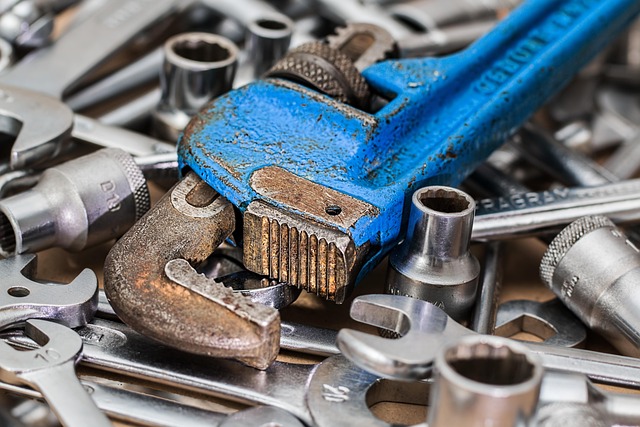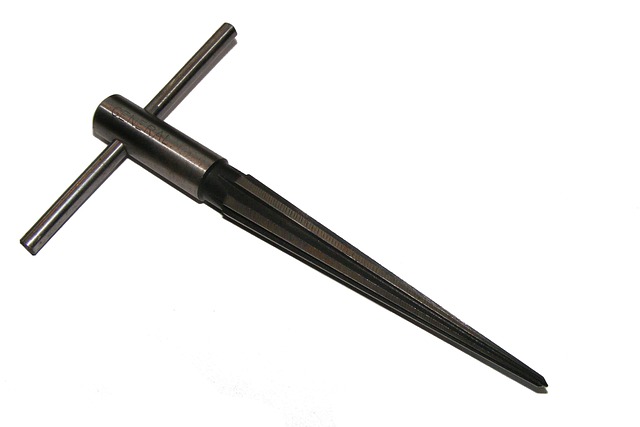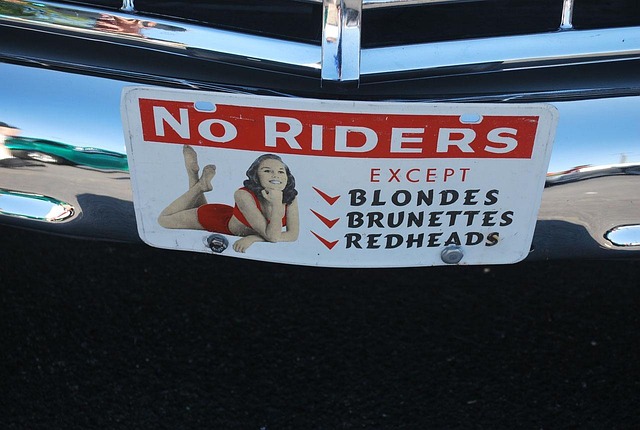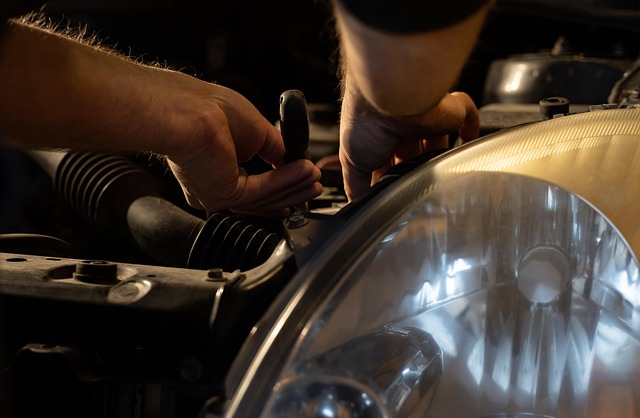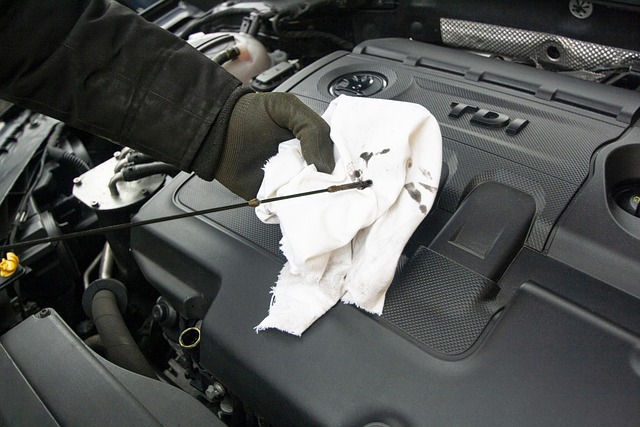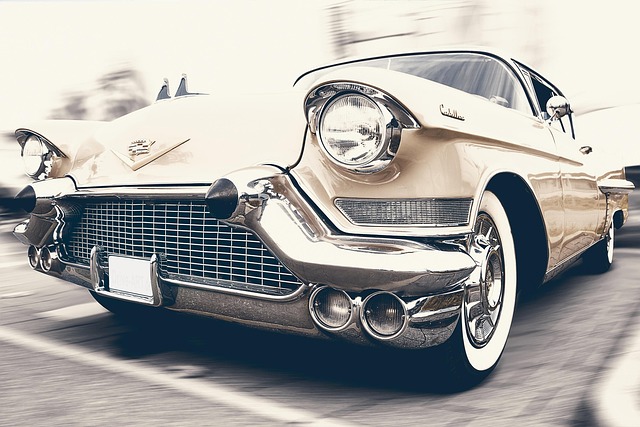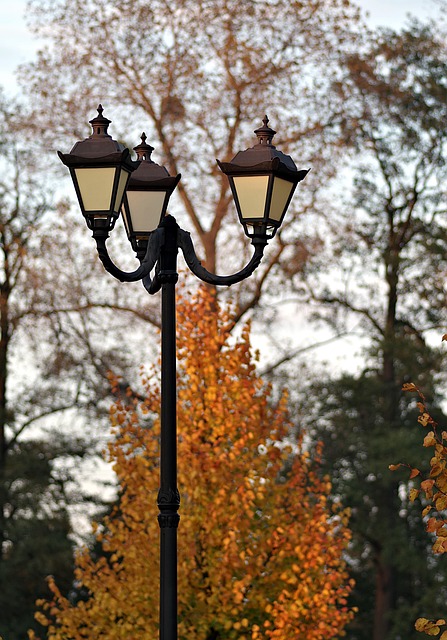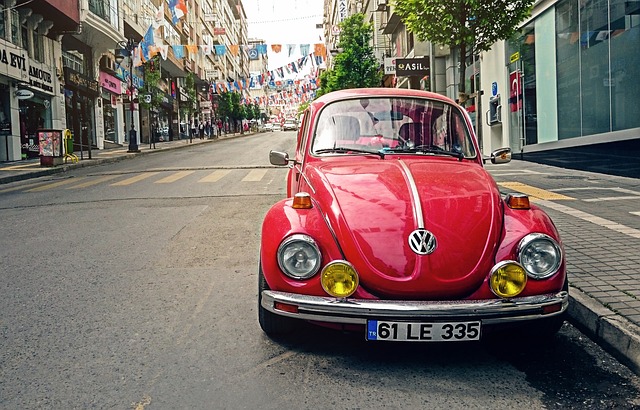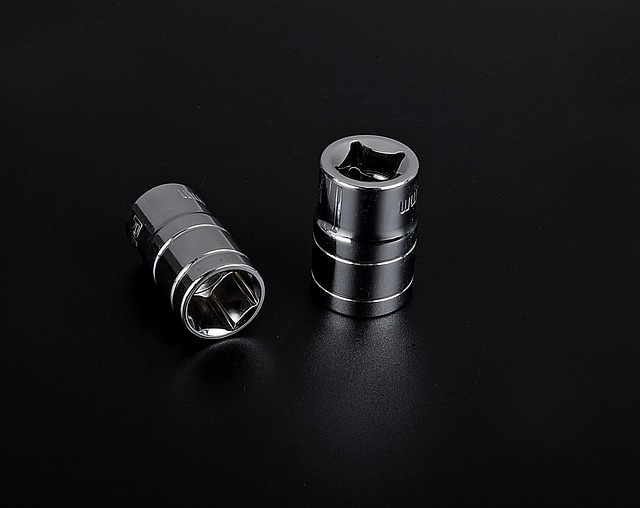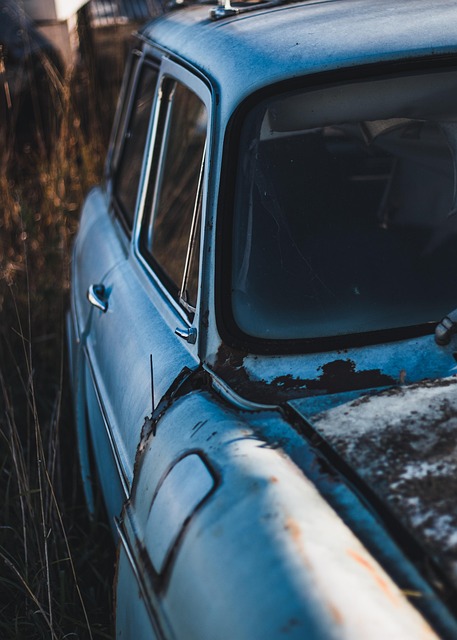In auto body restoration, corrosion protection procedures hinge on the strategic combination of paint and primer. Primers create a protective barrier against moisture, enhancing adhesion for topcoat paints that offer both aesthetic improvement and rust prevention. The ideal pairing, tailored to environmental conditions and metal types, ensures vehicles' exteriors remain durable post-collision repair. Choosing corrosion-inhibiting products specifically designed for these purposes is paramount.
Paint and primer don’t just enhance a surface’s aesthetics; they’re essential allies in the battle against corrosion. This article unravels the symbiotic relationship between these two protective coatings, revealing how their combined power fortifies materials against the ravages of rust. From understanding their individual roles in preventing corrosion to exploring the synergistic effect that amplifies protection, we delve into choosing the perfect combination for effective corrosion protection procedures.
- Understanding Paint and Primer: Their Individual Roles in Corrosion Prevention
- The Synergistic Effect: How Paint and Primer Collaborate for Optimal Protection
- Choosing the Right Combination: Factors to Consider for Effective Corrosion Protection Procedures
Understanding Paint and Primer: Their Individual Roles in Corrosion Prevention
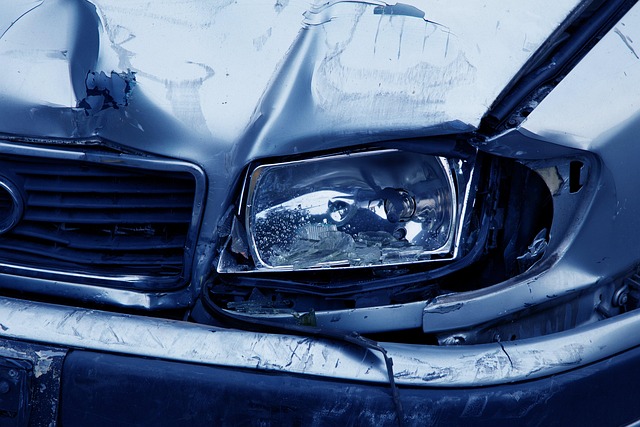
Paint and primer don’t just enhance a car’s aesthetic appeal; they’re essential components of effective corrosion protection procedures in auto body restoration and collision repair. Understanding their individual roles is crucial for achieving long-lasting results.
Primers act as a barrier between the metal surface and paint, providing an additional layer of defense against moisture and other corrosive elements. They chemically bond to the metal, creating a smooth base that allows paint to adhere better. In contrast, topcoat paints offer visible protection and aesthetics, masking imperfections while providing a durable finish. Choosing the right combination of primer and paint is key in preventing rust and ensuring the longevity of the vehicle’s exterior during collision repair or car body restoration processes.
The Synergistic Effect: How Paint and Primer Collaborate for Optimal Protection
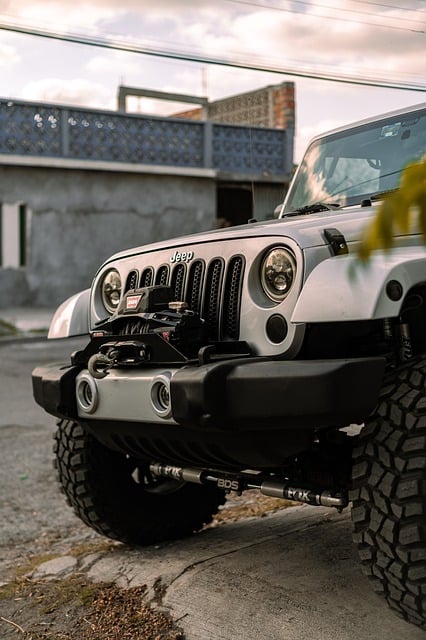
The combination of paint and primer is a powerful duo when it comes to corrosion protection procedures. This synergistic effect is particularly evident in the automotive industry, where vehicles are often exposed to various environmental elements, from road salt to harsh weather conditions.
When applied correctly, primer acts as a crucial barrier between the metal surface of a car body shop or collision repair and the surrounding environment. It fills minor imperfections, provides a smooth base, and enhances adhesion for subsequent coatings. Paint, on the other hand, adds aesthetics and protection by creating an impenetrable layer that repels water, prevents rust, and conceals any existing damage, such as car scratch repair, effectively. The collaboration between these two products results in enhanced durability, ensuring vehicles remain in top condition even after exposure to challenging conditions, like those encountered during a collision repair.
Choosing the Right Combination: Factors to Consider for Effective Corrosion Protection Procedures
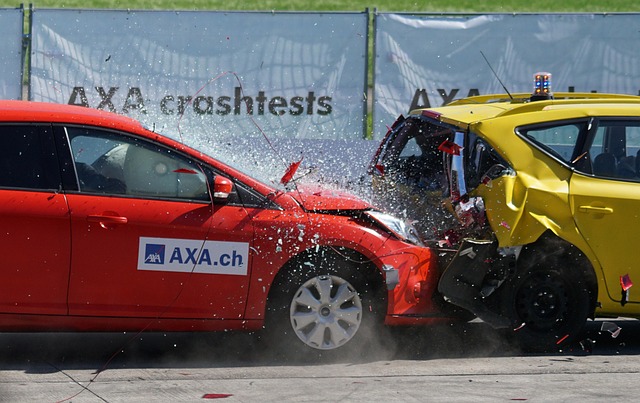
Selecting the ideal combination of paint and primer is a key step in ensuring effective corrosion protection procedures for any vehicle, whether it’s at an auto collision center or undergoing body shop services. Several factors must be considered to achieve optimal results. First and foremost, understanding the specific needs of the auto frame repair process is essential. The environment where the vehicle will operate greatly influences the choice; coastal areas require higher corrosion resistance compared to regions with lower humidity levels. Additionally, the type of metal in the vehicle’s body plays a role; different metals have varying levels of susceptibility to corrosion.
The right paint and primer pairing should offer both aesthetic appeal and long-lasting protection. Primers act as a bonding agent, creating a smooth surface for paint to adhere to. They also provide an extra layer of defense against moisture intrusion, a major catalyst for corrosion. When choosing between various options, look for products designed specifically for corrosion protection, often containing additives that inhibit rust formation. For optimal results in auto frame repair, it’s crucial to select formulations suitable for the particular metal and environmental conditions encountered.
In conclusion, the effective combination of paint and primer is pivotal in enhancing corrosion protection procedures. By understanding their individual roles and the synergistic effect they produce, professionals can select the optimal pair for any given application. This ensures structures not only withstand but thrive against corrosive elements, making it a key strategy in maintaining longevity and integrity across diverse industries.
